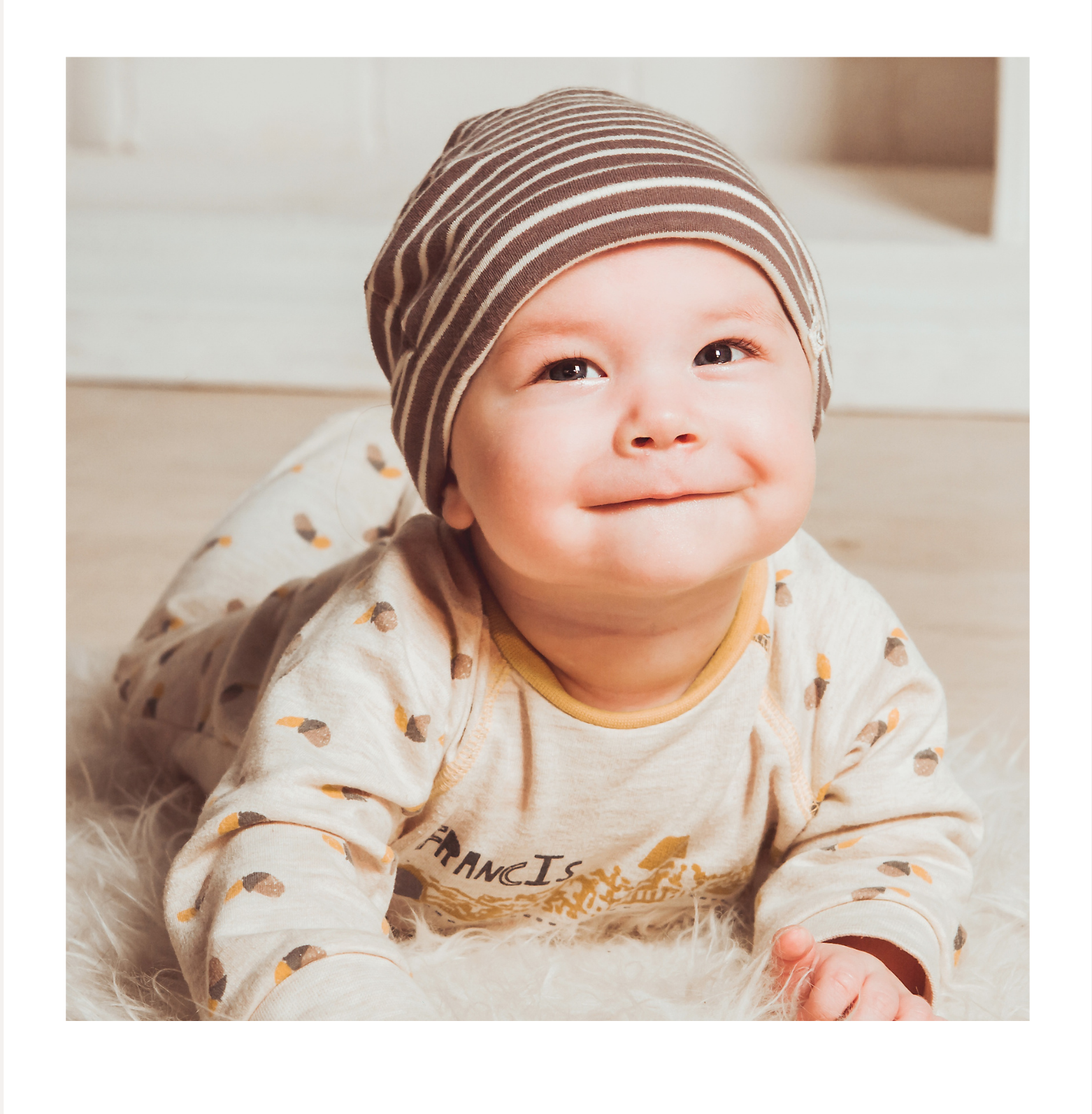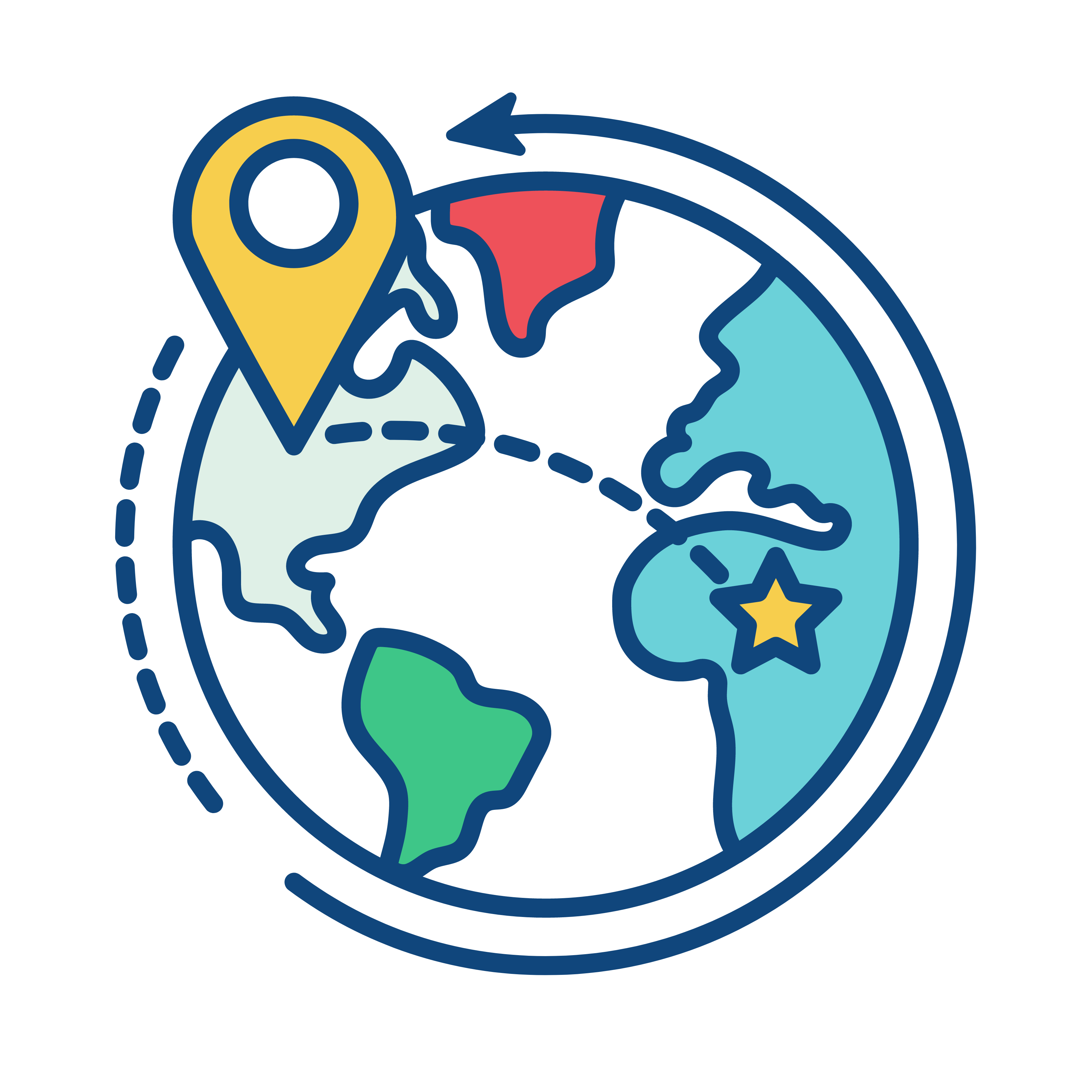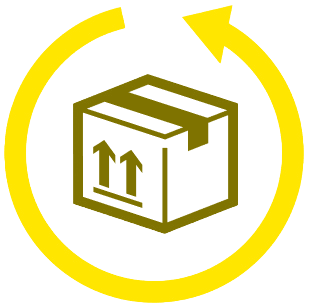
Is Swaddling Beneficial for My Baby?
Why is swaddling beneficial? Does it enhance safety for babies? What’s the proper technique for swaddling? Can swaddling hinder important developmental milestones? When should I begin or stop swaddling? Is swaddling the right choice for my baby?
I’m eager to address these questions, drawing from both my experience and evidence-based research, so you can make the best decision about swaddling for your family
Why swaddle?
In the womb, babies grow and develop in a snug, tight environment that feels secure and comforting. Swaddling recreates this soothing space for newborns outside the womb. The snugness of a swaddle can also help calm the Moro reflex, making it easier for babies to sleep.
Swaddling provides a sense of comfort and security. For preterm infants, research shows that swaddling can lead to improved neuromuscular development, reduced physiological distress, better motor organization, and enhanced self-regulatory abilities. Additionally, full-term infants tend to cry less when swaddled compared to other soothing methods, and swaddling has been shown to help alleviate pain in infants .
Can you see the benefits? Swaddling can be truly amazing for babies! If your baby dislikes the swaddle, don’t stop reading just yet!
What is the Moro reflex?
Have you ever noticed a newborn throw both of their arms back and start crying when you lay them down or when they hear a loud noise? That’s known as the Moro reflex. Just imagine how disruptive that reflex can be when babies are trying to sleep!
Swaddling helps soothe the Moro reflex and prevents those little arms from flailing during sleep. That’s what makes swaddling such a valuable tool, especially for newborns.
The Moro reflex typically fades and disappears between 3 and 6 months of age. It's important to remember that a reflex is an involuntary response; it won’t last longer or disappear more quickly based on whether a baby is swaddled or not.
Is swaddling safe?
Absolutely! Swaddling is safe when you adhere to the recommended guidelines from the American Academy of Pediatrics (AAP).According to the AAP, 'when done correctly, swaddling can be an effective technique to help calm infants and promote sleep.’
The Canadian Paediatric Society also supports this, stating that 'swaddling is safe if done properly.’
Babies who are safely swaddled:
- Are not at risk of having their mouths or noses covered by the swaddle.
- Have space for proper hip movement.
- Are securely swaddled but can still take deep breaths easily; they should feel snug around the chest while allowing your hand to slide inside.
- Do not exhibit signs of sweating, flushing, or overheating.
- Are placed safely on their backs. Discontinue swaddling once your baby shows signs of rolling over.
Does swaddling reduce the risk of sudden infant death syndrome (SIDS)?
It can! Evidence suggests that swaddling may decrease the risk of SIDS. Parents, I understand—SIDS is a frightening topic. My intention is not to add to your stress but to equip you with tools that can help make things a bit easier and less intimidating.
We know that 'back is best' for sleep because it lowers the risk of SIDS. Research has shown that swaddling helps keep babies safely on their backs. If you’re interested in learning more, there’s some excellent research about the history of swaddling and SIDS concerns.
Some parents might feel tempted to place their newborns on their bellies, believing it will help them sleep better. Studies do confirm that babies sleeping on their tummies may experience fewer awakenings. However, it's simply not safe.
Swaddling can help babies sleep well while ensuring they do so safely.
Can swaddling ever be dangerous?
Dangers associated with swaddling arise only when it is done unsafely or when parents continue to swaddle babies who have begun rolling onto their stomachs. This emphasizes the importance of practicing safe swaddling! While the study highlights various risks linked to improper swaddling, it does not raise any issues regarding developmental delays or neurological effects from swaddling.
Does swaddling affect my baby’s development?
Research does NOT indicate that swaddling negatively impacts a baby’s development!
One study explicitly states that there is “no evidence that swaddling has short-term or long-term effects on the attainment of motor milestones.”
Another study examining babies who were swaddled for extended periods (beyond 7 months) found no significant differences in early mental or psychomotor development between swaddled and unswaddled infants. Although I do not recommend swaddling beyond the point where babies can roll over independently due to safety concerns, studies indicate that cultures that practice swaddling beyond 7 months show no developmental issues related to this practice.
To be clear, I DO NOT advise swaddling infants past the point at which they begin to roll, as recommended by the AAP(5). However, I want to highlight research that demonstrates there are no adverse developmental effects associated with swaddling.
When do I transition out of the swaddle?
For safety, it’s essential to transition out of the swaddle as soon as your baby starts showing signs of rolling.
Once your baby has transitioned out of the swaddle, tummy sleeping can be safe as long as your baby is able to roll onto their tummy independently. However, during the first 12 months, you should always place your baby on their back at bedtime and allow them to roll onto their belly if they choose to do so.






